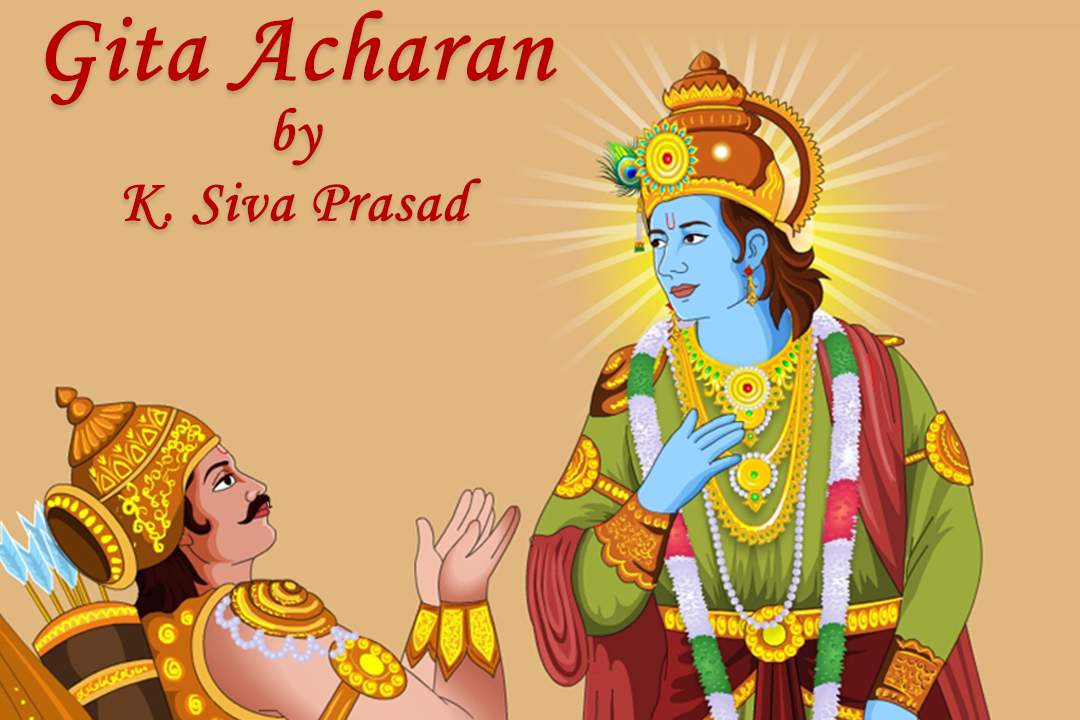203. Facets of Gunas

Krishna says, "Those who die with a predominance of satva guna attain to the taintless worlds of the knowers of the supreme (14.14). One who meets death in rajas is then born amongst those attached to action. Dying in tamas guna , one is born in the wombs of the deluded" (14.15). Krishna earlier explained about life-death-life where HE said that one would reach HIM when one remembers HIM at the time of death but cautioned that what one practices during one's lifetime determines what happens at their death (8.5 and 8.6). This indicates that the transition from life to death to life is a smooth one without any last minute surprises. If someone has a satva guna dominant life, then the transition would be through satva only. The same is the case with rajas and tamas gunas . Krishna describes various karmaphal (fruits of action) these three gunas bestow and says, "The fruit of satvik is harmony and purity. The fruit of rajas is sorrow. The fruit of ta



